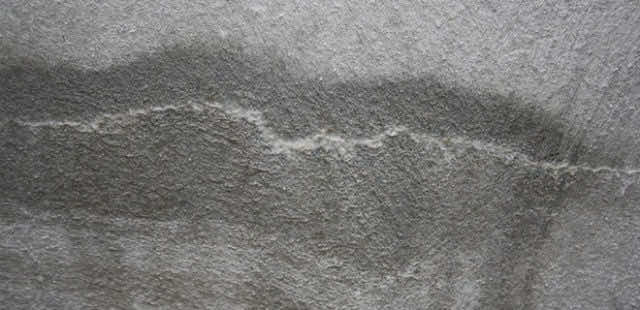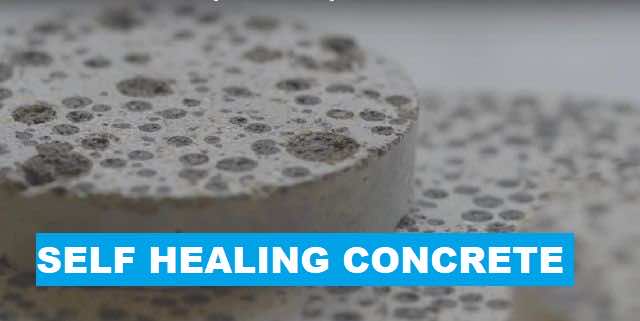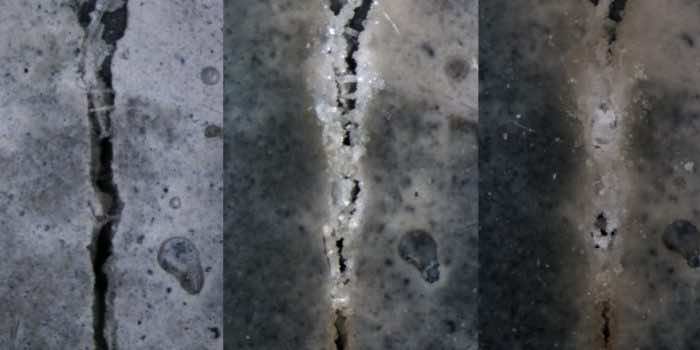The newfound concrete comes with an ability to selfheal cracks within a span of 24 hours, and it does that by eating away the CO2.
Concrete is known to crack when it shrinks, and that often happens after a faulty mixture dries and hardens. Water from the faulty mixture evaporates, which could even pull the slabs apart, leaving structures in need of repair. However, a newfound self-healing concrete mixture treats cracks independently and repairs itself in a specified time. Alongside, scientists have also revealed the use of an enzyme found in human blood to make up the new mix.
Cracks in the structures are usually formed when water seeps in and compromises the strength. These cracks don’t pose immediate risks. However, they could turn into something devastating if they are not treated timely. In attempts to bring up solutions to cracking concrete problem, researchers have developed various kinds, including versions with sodium silicate healing agents, versions with bacteria to heal cracks, and the one that uses fungus to fill up gaps. And these have proven to be effective at some scale.

The newfound self-healing concrete would prevent tiny cracks from expanding into much bigger ones, and hence, would spare costly repairs, keeping structures from collapsing. In addition, scientists from Worcester Polytechnic Institute marked it as a cheaper and more efficient solution for concrete cracks than all previous solutions that have surfaced over time.
The team from the Worcester Polytechnic Institute took inspiration from the way an enzyme called carbonic anhydrase found in red blood cells transfers CO2 from cells into the bloodstream. “We looked to nature to find what triggers the fastest CO2 transfer, and that’s the CA enzyme,” says study author Nima Rahbar. “Since enzymes in our bodies react amazingly quickly, they can be used as an efficient mechanism to repair and strengthen concrete structures.”
Researchers added CA enzyme to the concrete powder before the final mixing of material with water, and it proved to have a miraculous impact. As soon as a crack was formed in the concrete, the enzyme connected with CO2 in the air. The enzyme filled the cracks by producing calcium carbonate crystals, which have similar properties as concrete. Rahbar said that this unique property of the new mix would extend a structure’s lifespan up to 80 years and ditch the need for a carbon-intensive crack treating process.

“Healing traditional concrete that’s already in use is critically beneficial, too, and will help reduce the need to produce and ship additional concrete, which has a huge environmental impact,” says Rahbar.
Innovation in concrete aiding to improve the material’s strength and built quality has an environmental impact. Concrete comes with a huge carbon footprint; hence more sustainable structures promised to last longer could have substantial benefits for the environment. We already have different kinds of concrete for different kinds of purposes. For example, the concrete or cement mix used to build homes is different from the ones used to build dams and bridges, and this innovation in the material is progressing for increased strength at a remarkable pace.
Checkout the self-healing concrete in action in the video below.


